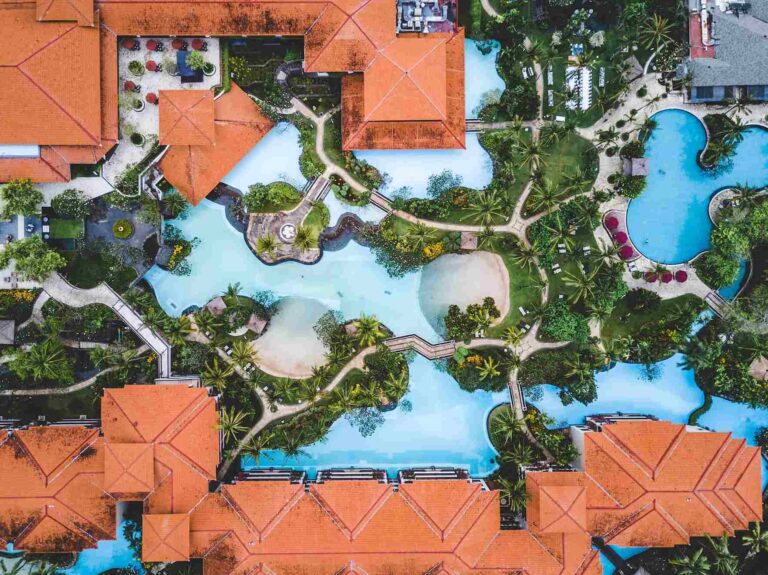As is well known, the water crisis is plaguing several areas of the globe. The lack of rainfall throughout the winter and early spring is in fact creating a dramatic situation. And if those facing the worst consequences of the crisis for now are the agricultural companies, it must be said that the prolonged drought could lead to rationing on water use at the household level as well.
As is well known, in fact, during periods of drought it is particularly important to reduce the use of water even at home, sharply cutting down on all waste. But they are not always equal.
Recent research has shown that richer people tend to use much more water than poorer ones.
Table of Contents
The research on water use in Cape Town
The research in question was conducted by a team of researchers at the University of Reading in Great Britain. The subject of the study was Cape Town in South Africa.
Here the division between rich and poor is exceptionally sharp. An estimated 193,000 families live in the 200 slums that have sprung up on either side of the city’s ‘rich’ districts.
So on the one hand there are the wealthy families who use water not only for classic domestic purposes, but also to regularly wash their cars, fill their swimming pools and tend their gardens. On the other hand, there are the poorer families. Who live in slums and use minimal amounts of water.
The difference is enormous. The richest inhabitants of Cape Town have about 50 times more water use than the poorest. To whom access to water is not even guaranteed at all times. In 2018, after several years of drought, the poorest part of the city did not even receive enough water for the most basic needs.
More specifically, the study published in the journal Nature Sustainability shows that the group of wealthy inhabitants of Cape Town – about 14% of the population – uses 51% of the water consumed at urban level. While the poorest group – about 62% of the population – uses just 27%.
And, as pointed out above, much of the water use by the better-off is for anything but basic and essential needs.
Read also: Global water crisis, the 5 countries with the highest consumption rates
Drought and inequality
Certainly, Cape Town is a special case. But not exceptional or unique. Entirely similar situations, both in terms of social inequalities and water shortages, can be found in many other cities, from São Paulo to Beijing. And even to some extent in centres such as Miami, London, Barcelona and Melbourne.
And as is well known, water crises will become more frequent and more serious. On the one hand due to climate change, on the other hand due to continued population growth.
A report by the Global Commission on the Economics of Water concluded that the world is about to face an imminent water crisis, with demand for water possibly exceeding supply by 40 per cent by 2030.
The lack of water is therefore likely to become the number one problem for many cities. However, the study shows that the biggest obstacle is special inequalities. And, the different use of water by the poor and the rich.
It therefore becomes crucial to address the water crisis from this perspective as well. Thus putting justice and ethics at the centre of efforts. And not only focusing on the – inevitable – technological and political aspects.
Read also: World Water Day 2023, UN warns: unsustainable use, risk of global water crisis












